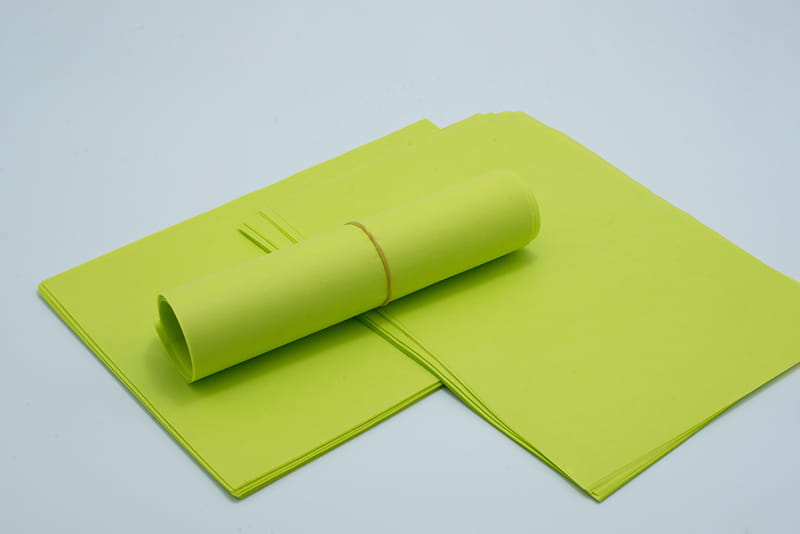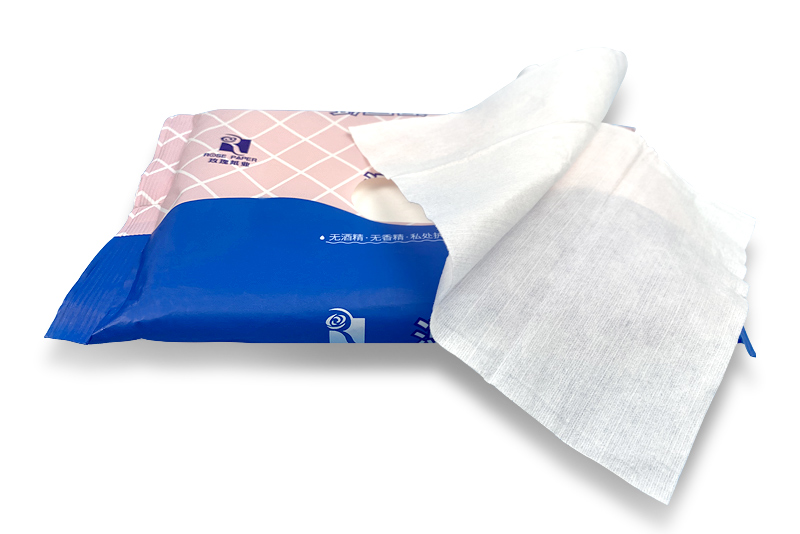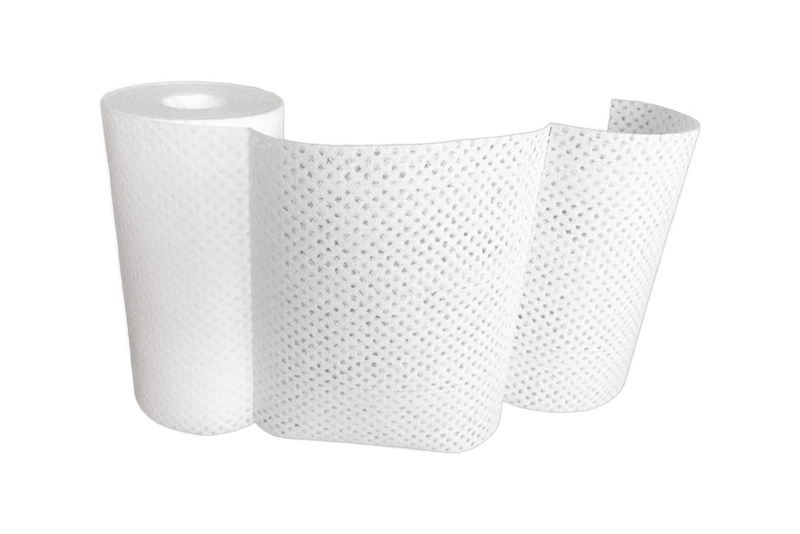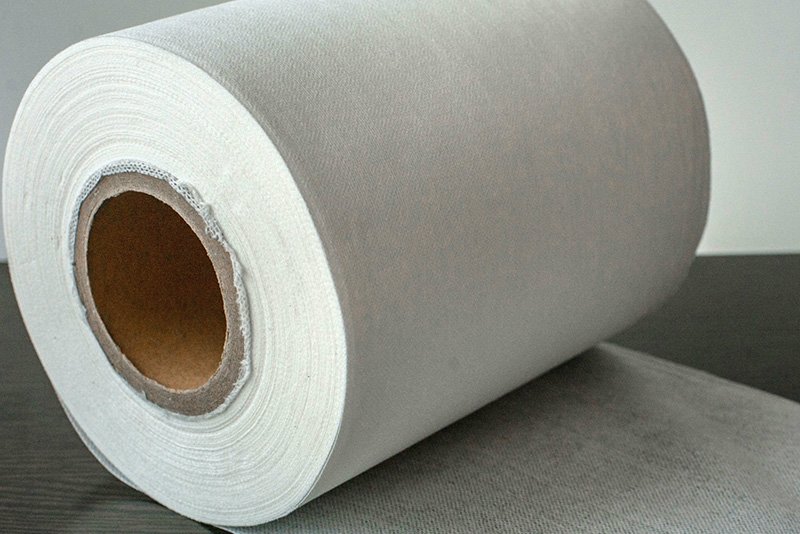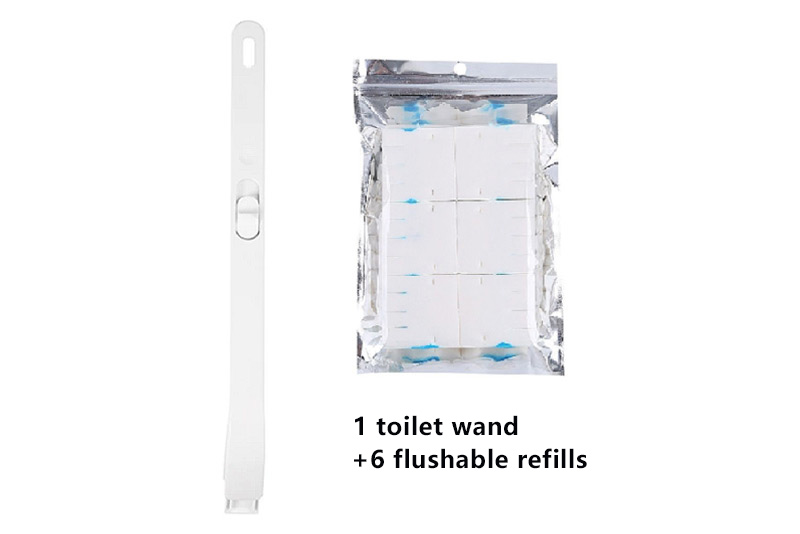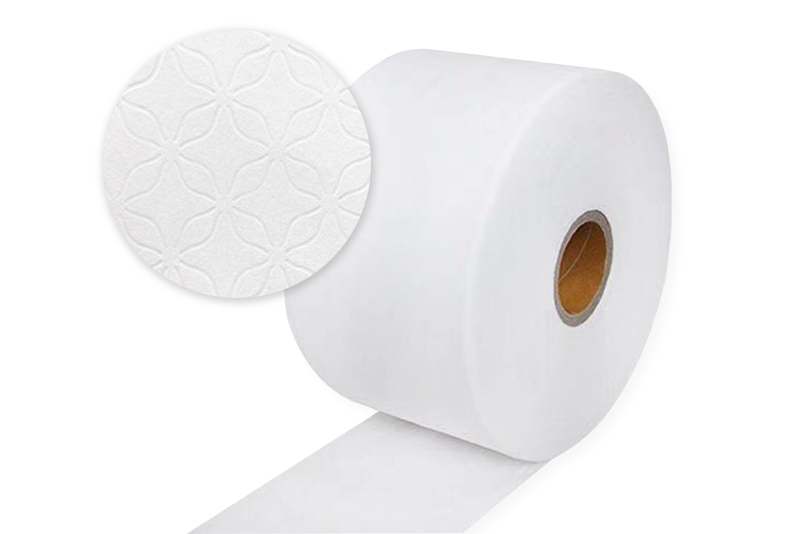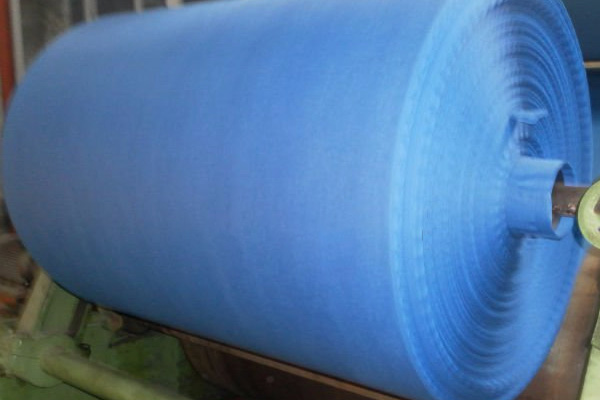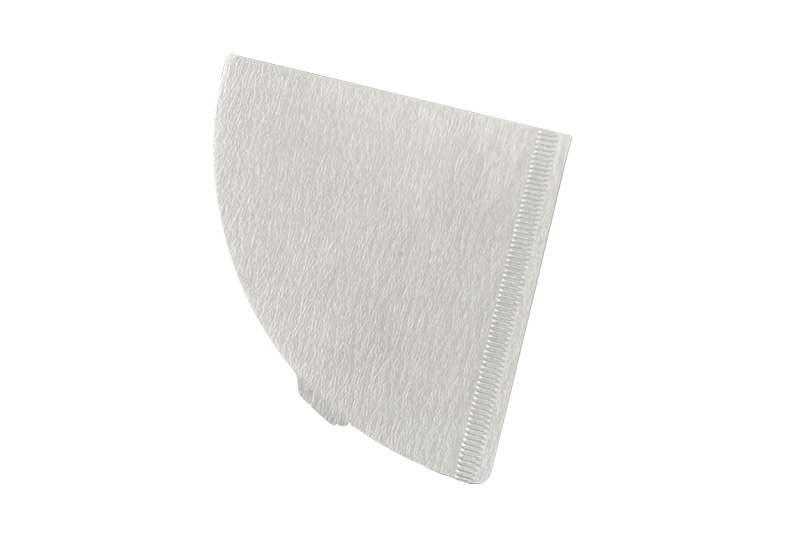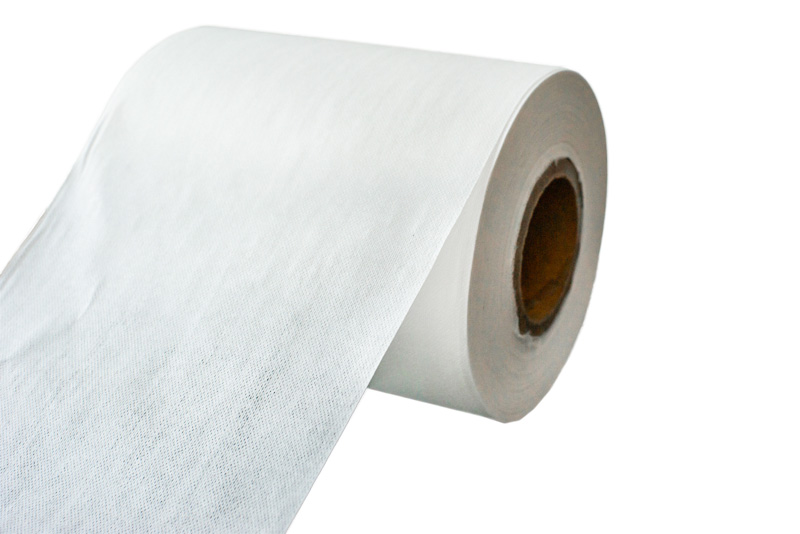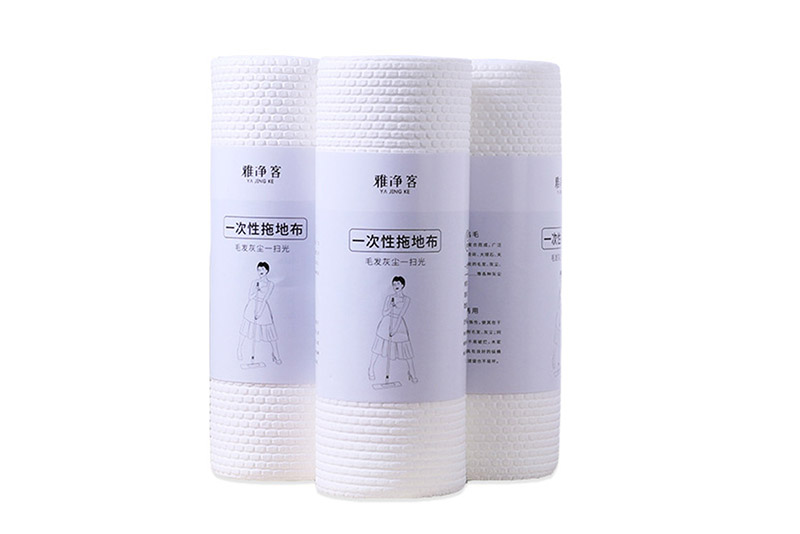The base materials of wet wipes mainly include spunlace non-woven fabrics, hot-rolled non-woven fabrics, and dry-laid paper. The early wet wipes used hot-rolled non-woven fabrics as the base material, but the hot-rolled non-woven fabrics had poor water retention and felt stiff, and were gradually replaced by
Flushable nonwoven wipes.
In the past, most of my country's exported wet wipes used imported dry-laid paper. Dry-laid paper is made of natural fibers, and has the characteristics of super-absorbent, super-soft, super-breathable, super-clean, non-directional, non-static, leaving no paper powder, fresh and clean, and has no irritating effect on the skin, so It is widely used in the production of women's sanitary napkins, diapers, pads, wet wipes, napkins, surgical paper and other products.

However, most of the dry-laid paper produced in China adopts the thermal bonding process, and the evenness is poor, especially the lint and powder loss are serious, and it is not suitable for wipes. Therefore, high-grade wet paper towels mainly use imported dry-laid paper as the base material. Compared with other types of non-woven fabrics, spunlace non-woven products have unique advantages such as softness, moisture absorption, and less fiber falling. It is an ideal wet tissue substrate.
Compared with dry-laid paper, spunlace non-woven fabric has the feeling of cotton products, is soft, has good water retention, does not fall off fibers, improves the grade of wet wipes, is loved by consumers, and has been widely used by wet tissue manufacturers. Adopted, especially the high-grade wet tissue products used in China, generally use spunlace non-woven fabric as the base material. In addition, compared with spunlace non-woven fabrics, dry-laid paper has low price, good bulkiness, good environmental protection performance, and has a good development prospect.
 Free consultation
Free consultation
 Call Us for Enquiry
Call Us for Enquiry



 English
English Español
Español 日本語
日本語 русский
русский Français
Français


